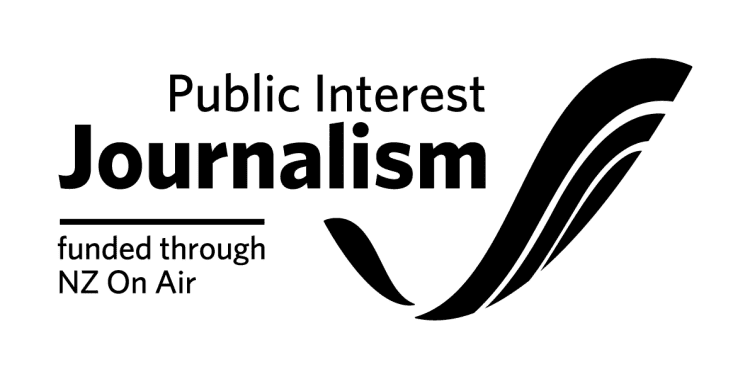
Tourism-driven aviation planning is flying off in various directions in Central Otago
Planning for the southern region’s future aviation needs should be the subject of a national conversation, according to local tourism leaders.
A group representing eight regional tourism organisations says there isn’t enough information available to know if a proposed international airport at Tarras in Central Otago is a good long-term proposition.
Applications to rezone farmland and allow the commercial property development associated with an airport are due to be lodged next year by the land’s owners, Christchurch International Airport.
These would provide the public’s first look at what will be built – if anything – on the site.
But whether the local council will rule on the outcome is not certain.
Southern Way, an initiative launched by the eight tourism groups in May, is promoting a “slowing down” of travel whereby visitors spend more time in an area, engage with communities and use more sustainable transport systems.
It is a collective effort of tourism bodies from Waitaki, Wānaka, Queenstown, Central Otago, Dunedin, Clutha, Southland and Fiordland with the aim of managing their destinations more “in line with community aspirations”.
The group works with the region’s airports, which are all aligned with this approach to tourism, according to a spokesperson.
It believes existing southern airports could sufficiently meet the short-term needs of travellers but a national view of future infrastructure is required.
“Southern Way is comfortable current needs are being met. We don’t have enough information yet to understand future needs.
“Each region’s destination-management plan has varying degrees of future focus. They need to feed into a much larger conversation on national infrastructure planning.”
The Government has been gathering feedback on a draft tourism environment action plan as part of a nationwide move to “reshape” the industry.
In a submission last month, Parliamentary Commissioner for the Environment Simon Upton criticised the plan as lacking detail on practicalities.
“High-level aspirational statements and strategies tend to become a substitute for more serious conversations about the various trade-offs associated with tourism,” he says.
Many of the most challenging environmental issues associated with New Zealand’s pre-pandemic tourism offering remain unresolved, Upton says.
“Little progress has been made on how to reduce the carbon footprint of flying tourists to and from New Zealand. There is also little consensus about how to ensure visitation remains within the carrying capacity of our most popular natural attractions.”
Studies galore
Queenstown Airport is collating community feedback on its latest master plan, which outlines how it could cater for 3.2 million passenger movements by 2032.
A “master-planning exercise” for Wānaka Airport is also in the wings, says Queenstown Lakes District Council, the full owner of the Wanaka facility and majority owner of Queenstown’s.
Wānaka Airport has been the focus of strong local opposition to any potential threats of over-tourism or environmental degradation.
Twenty kilometres down the road in Tarras, Christchurch International Airport says an investigation of the aeronautical, environmental and economic feasibility of its proposed new wide-body aircraft-capable facility continues.
The feasibility work will go on this year and next, but a preferred runway alignment is expected to be made public in “coming weeks”, says Michael Singleton, Christchurch’s chief strategy and stakeholder officer.
The proposal appears to base much of its potential catchment area on that already serviced by Queenstown Airport, but Singleton says the two could both operate.
“We have always said a new airport in Central Otago could operate alongside Queenstown Airport. If you look at any demand forecast for air capacity to Central Otago you will find estimates of 3-5 percent annual growth a year for the next 10 to 30 years.”
He says even conservative forecasts show demand for air connectivity to Central Otago will “far exceed” the region’s current capacity over that period.
“This has significant implications for the entire region, which is why it’s worth exploring alternative options now.”
According to plans on Christchurch Airport’s website, operating and planning consents would be obtained from the relevant authorities then a decision would be made whether to proceed with building the airport.
If it goes ahead construction could begin by 2027, but if not the farmland could be held long term.
Not yet on the table
Central Otago District Council normally deals with the area’s resource consents for land use, building consents, noise issues, trade waste and food and liquor licensing.
The council’s group manager for planning and infrastructure, Lee Webster, says it has not yet discussed pending applications.
“Council would consider capacity and other matters relating to decision-making on receipt of an application or in a pre-application discussion with an applicant.”
On the aviation planning side, the council’s group manager for community vision, Dylan Rushbrook, says the authority views this as a nationwide issue.
“From a destination-management plan perspective it is council’s view that any major infrastructure development, whether that be new or an expansion of existing airports, should be considered as part of future-fit national infrastructure planning.”
He says that is a function central government is best positioned to lead with input from local government representing their communities.
Singleton says there are already “lots of discussions” happening at a national level regarding aviation infrastructure.
“Christchurch Airport, as the country's oldest and second-largest airport, always welcomes and takes part in those.”
The Christchurch Airport proposal has riled many residents of Tarras and surrounding areas and attracted opposition from groups mostly concerned about environmental effects.
The company is a subsidiary of Christchurch City Holdings, which is owned by Christchurch City Council and operates at arm’s length as a commercial entity.
The airport company briefed the council on Tuesday on its progress during a closed workshop.
Council representatives approached for comment did not respond to Newsroom’s questions regarding what was discussed at the briefing.
Made with the support of the Public Interest Journalism Fund








